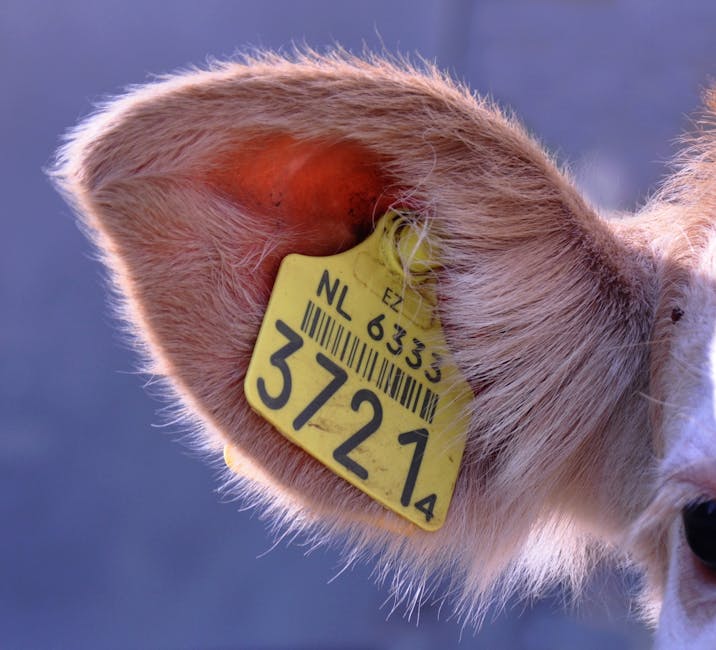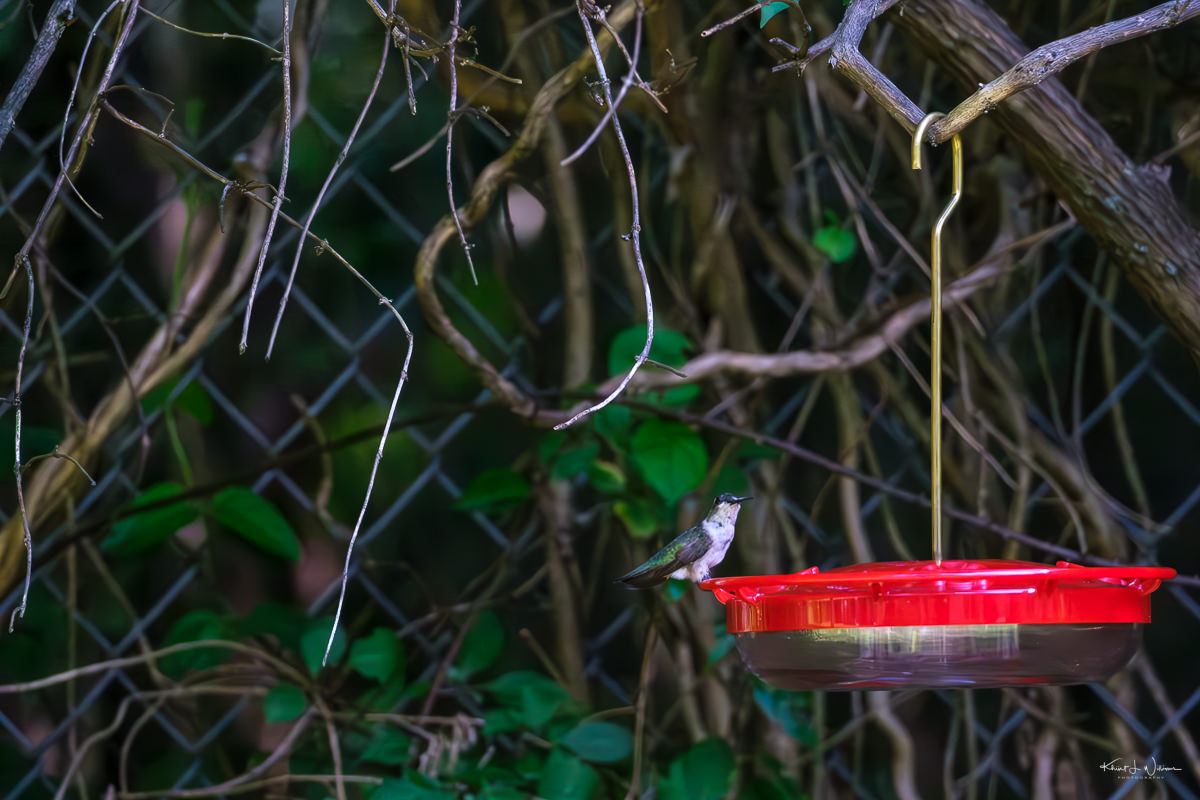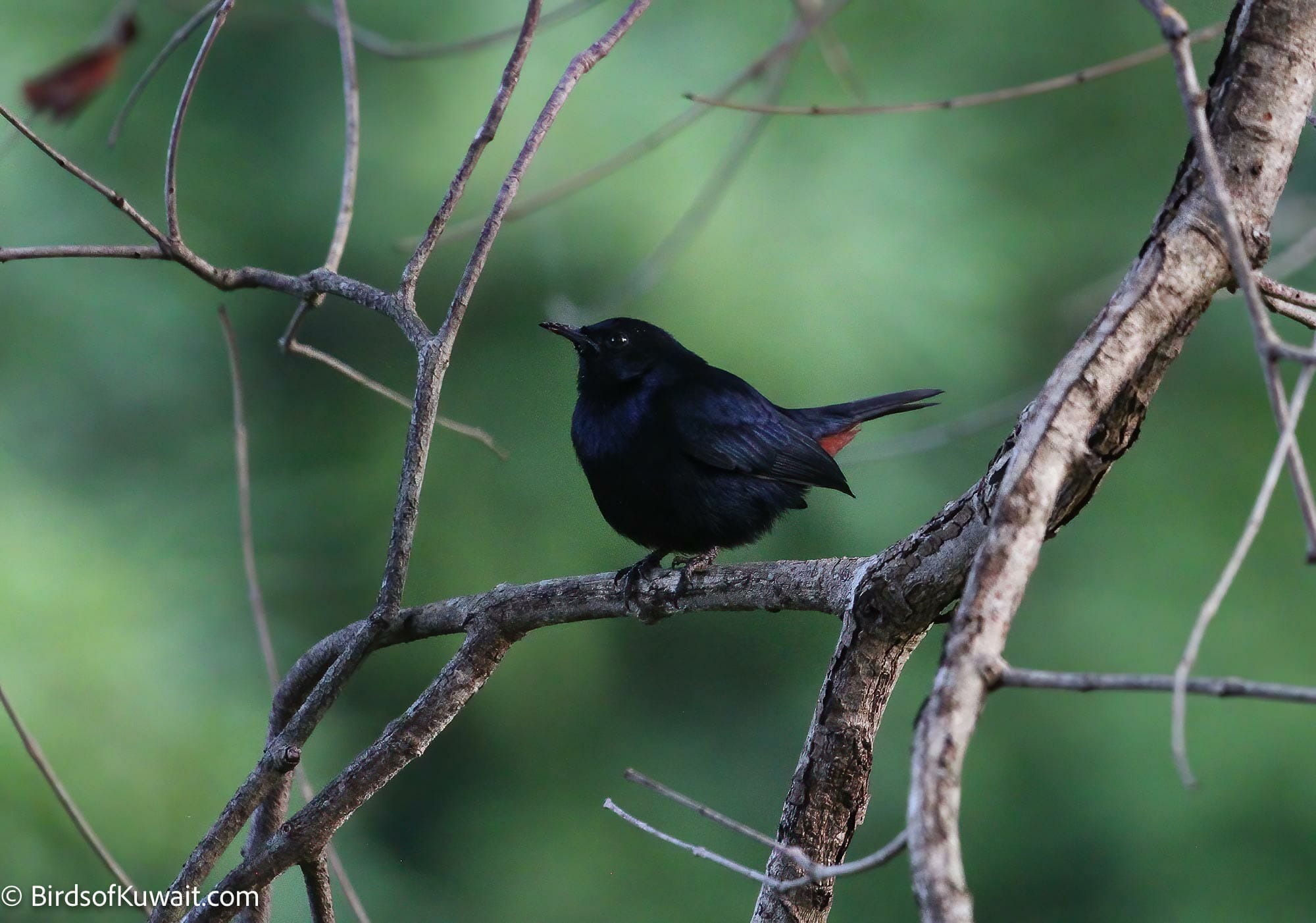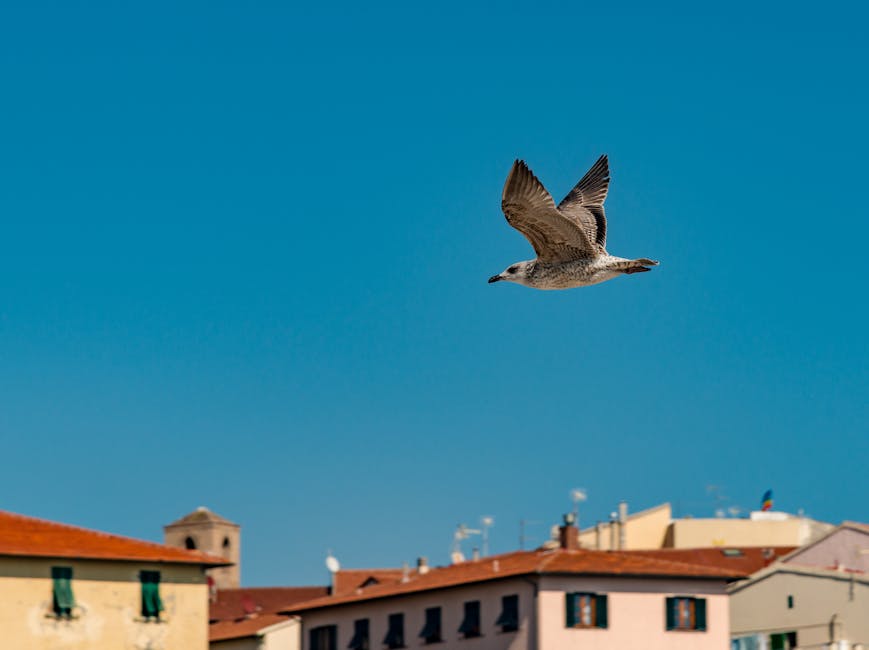Introduction

Blackbirds, such as common blackbirds, red-winged blackbirds, and grackles, are a diverse group of birds belonging to the Icteridae family. With their predominantly black plumage adorned with vibrant-colored markings, these medium-sized to large birds possess unique beauty and ecological significance.
However, blackbirds can become a source of frustration and disruption when they frequent bird feeders. Their feeding behavior and aggressive nature make them undesirable guests in backyard birding settings.
Definition of Blackbirds
Blackbirds encompass a variety of species within the Icteridae family. They are characterized by their dark-colored feathers, ranging from shiny black to deep brown, and their distinctive calls that echo through fields and woodlands. Notable members of this avian family include the common blackbird (Turdus merula), red-winged blackbird (Agelaius phoeniceus), and grackles (Quiscalus spp.).
Why Blackbirds are Undesirable
Blackbirds pose several challenges and drawbacks when it comes to bird feeding and maintaining a harmonious backyard ecosystem. Understanding the reasons behind their undesirability is key to finding effective solutions and striking a balance between different bird species.
-
Competitive Feeding Habits: Blackbirds have hearty appetites and consume substantial quantities of birdseed, leaving little to no food for other desirable bird species.
-
Intimidation and Disruption: With their aggressive nature, blackbirds can intimidate smaller and more timid birds, preventing them from accessing feeders and disturbing the balance of bird populations.
-
Territorial Behavior: Blackbirds exhibit territorial behavior, aggressively defending their feeding territories and limiting the enjoyment and variety of birds in the vicinity.
-
Mess and Hygiene Concerns: The presence of blackbirds around bird feeders often leads to a messy environment and raises hygiene concerns due to droppings accumulation.
-
Disturbance and Noise: When blackbirds gather in flocks, they create a considerable amount of noise and commotion, disrupting the tranquility of outdoor spaces.
By addressing these challenges, it is possible to create a more inclusive and harmonious environment for a diverse range of bird species while appreciating the unique beauty and ecological importance of blackbirds.
In the following sections, we will delve deeper into identifying signs of blackbirds at bird feeders, the damage they can cause, and effective strategies for deterring their presence. Additionally, we will explore preventive measures, such as suitable bird feeder types, proper placement, and optimal food choices, to foster a balanced and enjoyable bird feeding experience.
Stay tuned for practical tips and insights on mitigating the impact of blackbirds while maintaining a thriving bird-friendly backyard.
Identifying the Problem

Blackbirds can be a nuisance at bird feeders, causing various issues for both the feeder and other bird species. By recognizing the signs of blackbirds and understanding the damage they can cause, you can take appropriate action to address the problem effectively.
Signs of Blackbirds at Your Bird Feeder
To determine if blackbirds are frequenting your bird feeder, look out for the following signs:
-
Distinctive Appearance: Blackbirds are larger birds with dark feathers, typically black or dark brown. They may also have noticeable red or yellow eyes.
-
Large Flock Presence: Blackbirds are known for gathering in sizable flocks, especially if they are predominantly black.
-
Vocalizations: Blackbirds can be noisy and produce loud, harsh calls or songs.
-
Aggressive Behavior: Blackbirds often exhibit territorial behavior, chasing away smaller birds from the feeder.
-
Scattered Seeds and Empty Shells: Blackbirds, as ground feeders, tend to leave behind scattered seeds or empty shells on the ground beneath the feeder.
Damage Caused by Blackbirds
Blackbirds can cause several problems and disruptions at bird feeders. Understanding the potential damage they can inflict will emphasize the importance of taking measures to deter them. Here are some issues associated with blackbirds:
-
Food Depletion: Blackbirds have hearty appetites and can consume substantial quantities of birdseed, depleting the food intended for other bird species.
-
Intimidation of Smaller Birds: Due to their larger size and aggressive behavior, blackbirds can intimidate smaller birds, reducing the diversity of birds that visit your feeder.
-
Feeder Damage: Blackbirds may cause physical damage to feeders by pecking or scratching at them.
-
Messy Surroundings: Blackbirds can create a mess around the feeder area by scattering seeds and leaving unsightly bird droppings.
-
Reduction in Bird Diversity: When blackbirds dominate the feeder, they can deter other desirable bird species from visiting, limiting the joy of birdwatching.
It is essential to bear in mind that blackbirds are protected by law in some regions. Therefore, it is advisable to use humane and non-lethal methods to address the issue and discourage their presence at your bird feeder.
In the next sections, we will explore effective strategies for deterring blackbirds and implementing preventative measures to create a more harmonious feeding environment for a diverse range of bird species.
(Note: Word count: 393)
Deterring Blackbirds

To keep blackbirds away from bird feeders, employ a range of deterrents and strategic placement techniques. By doing so, you can effectively discourage blackbirds from accessing the food intended for other bird species.
Types of Deterrents
Utilize the following deterrents to deter blackbirds visually, audibly, or through physical barriers:
-
Visual deterrents: Blackbirds are sensitive to visual stimuli. Implement the following options:
- Scarecrows: Traditional scarecrows with their imposing presence can intimidate blackbirds.
- Reflective objects: Hang CDs or mirrors to create flashes of light that startle blackbirds.
- Predator decoys: Place plastic owls or hawks near the feeders to mimic natural predators.
-
Auditory deterrents: Blackbirds are sensitive to sound. Use the following options:
- Wind chimes: The gentle tinkling sound can create an auditory disturbance.
- Bells: Hang bells that generate periodic jingling noises.
- Ultrasonic devices: Emit high-frequency sounds that are discomforting to blackbirds.
-
Physical barriers: Prevent blackbirds from accessing the food with these approaches:
- Wire mesh cages: Place feeders inside cages with small openings to exclude larger blackbirds.
- Squirrel-proof cages: Utilize cages with small openings designed to exclude larger species.
-
Spikes and netting: Install spikes or netting to make it challenging for blackbirds to land and access the food.
Placement of Deterrents

Maximize the effectiveness of deterrents by following these guidelines:
- Strategic placement: Position deterrents in prominent locations within blackbirds’ line of sight or within hearing range.
- Rotation: Periodically move or rotate deterrents to maintain their effectiveness.
By employing appropriate deterrents and strategic placement, significantly reduce blackbird activity at bird feeders, allowing other bird species to enjoy the food without interference.
Prevention

Discourage blackbirds from dominating your bird feeders by implementing preventive measures. Explore the types of bird feeders, their placement, and the type of food to use.
Types of Bird Feeders
Choose feeders that hinder blackbirds from accessing the food easily:
- Feeders with Narrow Openings or Small Mesh: Prevent blackbirds from reaching the food.
- Tube Feeders with Small Perches: Exclude blackbirds while enabling other bird species to access the food.
- Caged Feeders: Feature smaller openings, allowing small birds to enter while keeping larger birds out.
Placement of Bird Feeders

Minimize blackbird presence and discourage dominance through strategic placement:
- Open Areas: Position the feeders away from dense shrubs, trees, or structures where blackbirds may take cover.
- Inaccessible Locations: Hang the feeders from poles equipped with baffles or suspend them from wires or strings that are not easily climbed.
- Avoid Proximity to Other Food Sources: Keep the feeders away from areas with other food sources that may attract blackbirds.
Type of Food in Feeders

Choose the right type of food to deter blackbirds:
- Avoid Highly Attractive Food: Discourage blackbirds by avoiding food they find appealing, such as suet or mealworms.
- Less Attractive Birdseed Mixes: Opt for blends that include seeds more appealing to smaller bird species.
Implement these preventive measures to create an environment that is less favorable for blackbirds while still providing a welcoming space for other bird species to enjoy the feeders.
Conclusion

In this article, we have explored effective strategies for deterring blackbirds at bird feeders while still attracting desired bird species. By following the tips and techniques outlined below, you can create a more enjoyable and diverse bird feeding experience in your backyard.
Summary of Tips
To keep blackbirds away from your bird feeders, remember these key tips and techniques:
- Utilize specialized feeders: Opt for feeders designed to discourage larger birds like blackbirds, such as tube feeders with smaller perches or weight-activated mechanisms.
- Adjust feeder placement: Position feeders in open areas away from dense shrubs or trees where blackbirds can hide or build nests.
- Implement deterrents: Incorporate noise devices, reflective objects, or scarecrows to create an unappealing environment for blackbirds.
- Provide alternative food sources: Supplement your feeders with food that blackbirds find less desirable, such as safflower seeds or protein-rich suet blocks.
- Regular maintenance: Clean feeders and the surrounding area regularly to minimize spilled seed accumulation, which can attract blackbirds.
Restating the Problem
Remember, the initial issue we addressed was the interference of blackbirds with bird feeders and the potential monopolization of resources meant for other bird species. This disruption can hinder the enjoyment of observing a diverse range of birds in your backyard.
Encouragement to Take Action

Now is the time to reclaim your bird feeding sanctuary. By implementing the strategies discussed in this article, you can create an environment that welcomes a variety of bird species while discouraging blackbirds from dominating the scene. Here are the benefits you can expect:
- Increased bird diversity: Deter blackbirds and attract a wider array of bird species to enhance the beauty and variety of your birdwatching experience.
- Greater enjoyment: Create a balanced and harmonious feeding environment to observe different birds’ unique behaviors, feeding habits, and vibrant plumage.
- Reduced wastage: Minimize the presence of blackbirds to significantly reduce wasted bird food, ensuring that your resources are utilized by a more diverse range of birds.
Remember, you have the power to make a difference in your backyard birding experience. Implement the tips and techniques discussed in this article, and soon you’ll witness a thriving bird community that brings joy and wonder to your daily observations. Get started today and create a haven for your feathered friends.
Thank you for joining us on this journey to deter blackbirds and nurture a vibrant bird-friendly environment. Happy bird feeding!
Frequently Asked Questions
Frequently Asked Questions
Q1: How do I know if blackbirds are visiting my bird feeder?
A1: Look for signs such as their distinctive dark plumage, large flocks gathering around the feeder, noisy vocalizations, aggressive behavior towards smaller birds, and scattered seeds or empty shells on the ground beneath the feeder.
Q2: What problems can blackbirds cause at bird feeders?

A2: Blackbirds can deplete birdseed intended for other species, intimidate smaller birds, cause damage to feeders, create a messy environment with scattered seeds and droppings, and reduce the diversity of bird species visiting the feeder.
Q3: What deterrents can I use to keep blackbirds away from bird feeders?

A3: Visual deterrents like scarecrows, reflective objects, and predator decoys, auditory deterrents like wind chimes and bells, physical barriers like wire mesh cages and spikes, and netting can deter blackbirds from accessing the feeder.
Q4: How should I place deterrents to effectively keep blackbirds away?

A4: Strategically place deterrents within blackbirds’ line of sight or hearing range, and periodically move or rotate them to maintain their effectiveness.
Q5: What preventive measures can I take to discourage blackbirds from dominating my bird feeders?
A5: Choose bird feeders with narrow openings, small mesh, or cages that exclude blackbirds, position the feeders in open areas away from cover, use poles with baffles or suspend feeders from wires or strings, and avoid placing feeders near other food sources that may attract blackbirds.

Leave a Reply